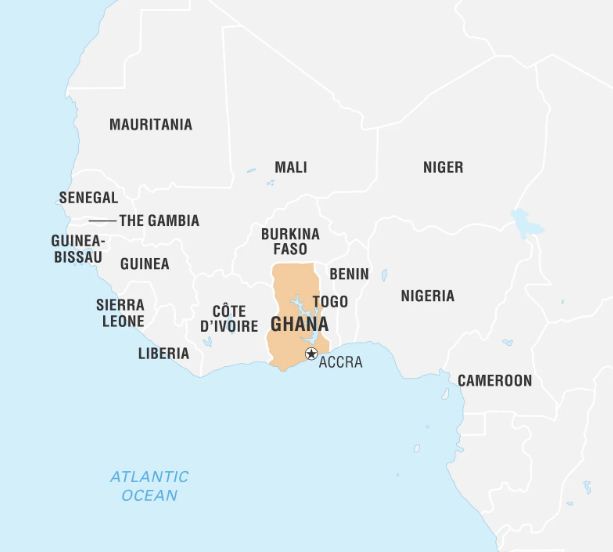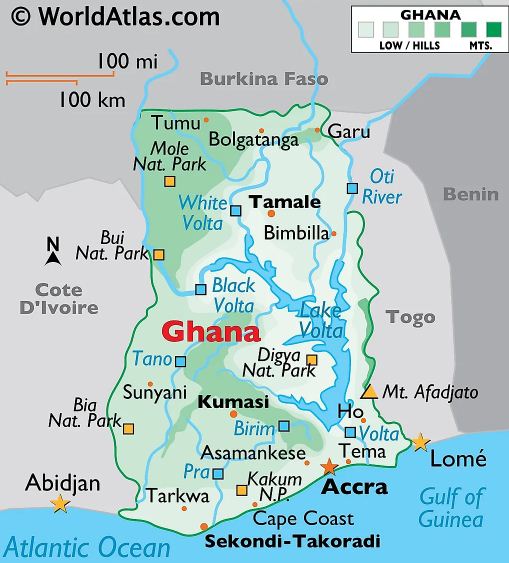Free Courses Sale ends Soon, Get It Now


Free Courses Sale ends Soon, Get It Now



Disclaimer: Copyright infringement not intended.
Context
Details
About
Origin
Cause
Prevalance
Symptoms
Transmission
Vaccine and Treatment


© 2024 iasgyan. All right reserved